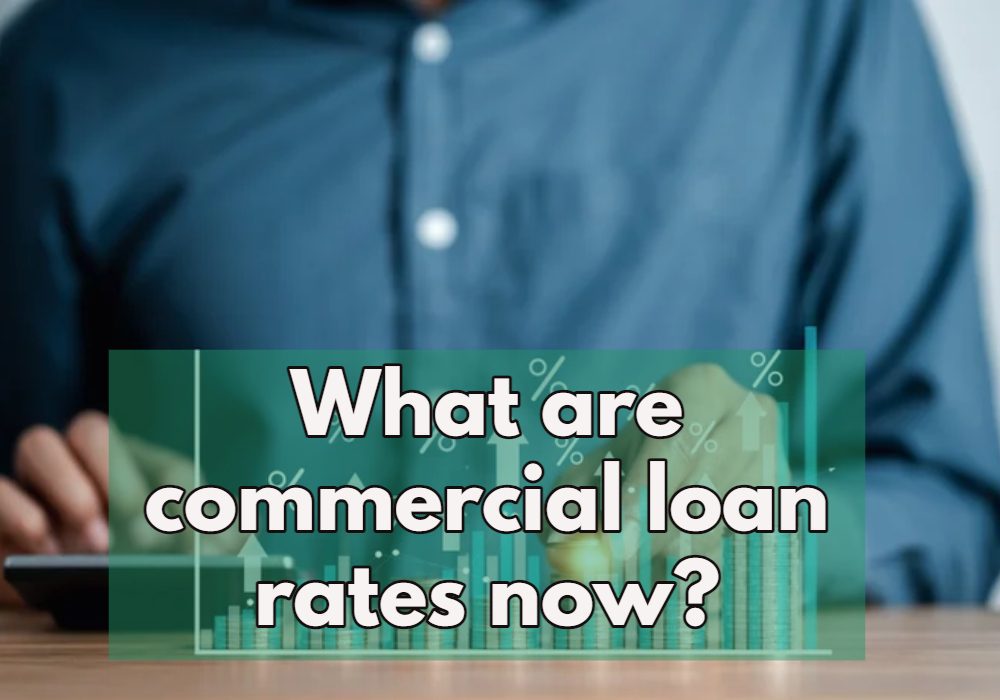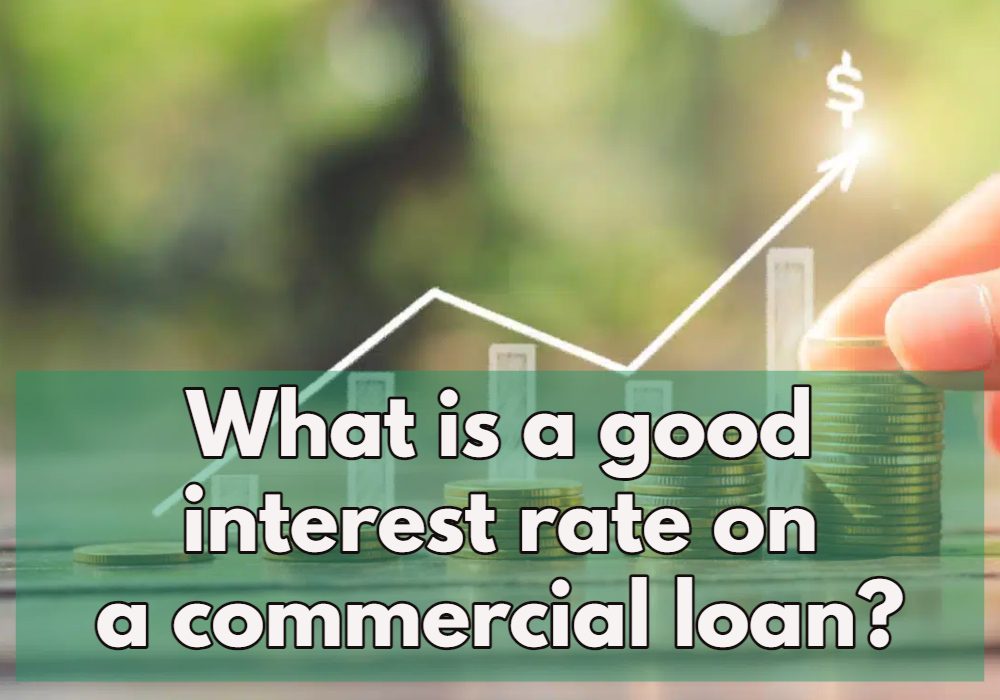First and foremost, securing financing is a huge step in any business venture, and identification of the current commercial loan rates in the US should be made well. In that respect, the paper is your takeaway helper as it chops down the complex world of commercial loan rates, influences, and key considerations for smart decision-making.
Dive into the Depths: Types of Commercial Loans and Rates
Commercial loans come in various flavors, each with distinct rate ranges:
- Commercial Mortgages: Financing commercial properties, rates usually fall between 5.32% and 10.50% depending on factors like loan type, property type, and creditworthiness.
- Term Loans: Lump-sum loans for business needs, rates typically range from 5.50% to 15.00%, influenced by loan amount, repayment term, and industry risk.
- Lines of Credit: Flexible credit access, rates generally hover between prime rate (currently 8.50%) plus a margin.
It’s crucial to remember that these are just average ranges, and individual rates can vary significantly based on numerous factors we’ll explore next.

What are commercial loan rates now
Commercial loan rates now range from 5.38% to around 15.00% upward, depending on the loan type and the borrower’s qualifications. That is quite a widespread compared to recent history because of the uptick in the prime rate. Traditional commercial mortgages tend to remain within a closer, 5.87% to 10.50%, range.
Current Commercial Mortgage Rates in Today’s Dynamic
| Loan Program Type | Interest Rates |
|---|---|
| Freddie Mac Optigo | 5.94% – 7.56% |
| Fannie Mae | 5.23% – 6.51% |
| HUD 223(f) | 5.70% – 6.25% |
| CMBS | 6.00% – 7.50% |
| Regional Banks/Credit Unions | 6.43% – 10.50% |
| Life Insurance Companies | 5.25% – 6.76% |
| Debt Funds | 9.12% – 15.37% |
| HUD 221(d)(4) | 6.30% – 6.85% |
Unveiling the Secrets: Factors Influencing Rates
Multiple elements shape your commercial loan rate:
- Creditworthiness: A strong credit history translates to lower rates. FICO scores, business financial statements, and past loan performance all play a role.
- Loan-to-Value Ratio (LTV): The higher the LTV (loan amount compared to property value), the higher the risk for lenders, often leading to higher rates.
- Loan Purpose: Rates differ based on the loan’s intended use, with equipment financing typically having higher rates than real estate acquisition.
- Repayment Term: Shorter terms generally come with lower rates due to decreased risk for lenders.
- Industry: Lenders assess inherent risks associated with your industry, impacting rates.
Understanding these factors empowers you to negotiate and potentially secure a more favorable rate.
What is a good interest rate on a commercial loan

There isn’t a single “good” interest rate for a commercial loan – it depends on a number of factors, including:
- Your creditworthiness: Just like any loan, borrowers with a strong credit history and financials will qualify for lower interest rates.
- The type of loan: Different types of commercial loans have different average interest rates. For example, SBA loans tend to have lower rates than unsecured business lines of credit.
- The loan term: Generally, longer loan terms come with lower interest rates.
- The current market conditions: Interest rates can fluctuate based on economic factors.
Here’s a rough idea of the range you might see for commercial loan interest rates:
- Good credit: 6% to 8%
- Average credit: 8% to 12%
- Below average credit: 12% or higher
This is why shopping and comparing rates from several lenders will be able to get the best deal possible. The government has also come up with government-backed loans. These can offer lower rates, with more favorable terms.
10 year commercial loan rates

10-year commercial loan rates are currently hovering around 6.92%. However, it’s important to remember that commercial loan rates can vary depending on several factors, including:
- Loan type: There are many different types of commercial loans available, each with its own rate range. For instance, SBA loans typically carry lower rates than hard money loans.
- Creditworthiness: Borrowers with strong credit histories and financial statements will qualify for lower interest rates.
- Loan-to-value ratio (LTV): The higher the LTV (loan amount relative to property value), the higher the interest rate typically is.
- Property type: Rates can vary depending on the property type (retail, office, industrial, etc.).
Given these variations, it’s wise to shop around with different lenders to get the best rate for your specific situation. You can also find resources online that provide more comprehensive commercial loan rate data.
FAQs
Q: What are current market trends for commercial loan rates?
A: Rates have been rising in 2023 and early 2024 due to Federal Reserve interest rate hikes. Expect moderate increases to continue in the near future.
Q: How can I get the best possible rate?
A: Shop around, compare offers from different lenders, and have a strong credit history and financial statements. Consider working with a commercial loan broker for expertise.
Q: What are common fees associated with commercial loans?
A: Origination fees, appraisal fees, and document preparation fees are typical. Ensure you understand all associated costs before finalizing a loan.
Q: What are the pros and cons of fixed vs. variable rates?
A: Fixed rates offer stability, while variable rates can be lower initially but fluctuate with market conditions. Choose based on your risk tolerance and financial projections.
Conclusion
The difference in business success can be spelled by getting the right type of commercial loan at the right rate of interest. With an understanding of prevailing market conditions, influencing factors, and key considerations, you could consequently be better equipped to take on the world of high finance with confidence. The process of getting the best deal possible, therefore, requires thorough research, preparation, and negotiation skill.

I am Henry, a professional in commercial financing with more than 10 of experience under my belt in this industry. Over the years, I have committed my tenure to the professional guidance of some of the businesses out there just like yours through the complex truths of a commercial loan process. I have developed such fervent interest and commitment to truly making it possible for many clients to get funding which enables them to develop and grow.











